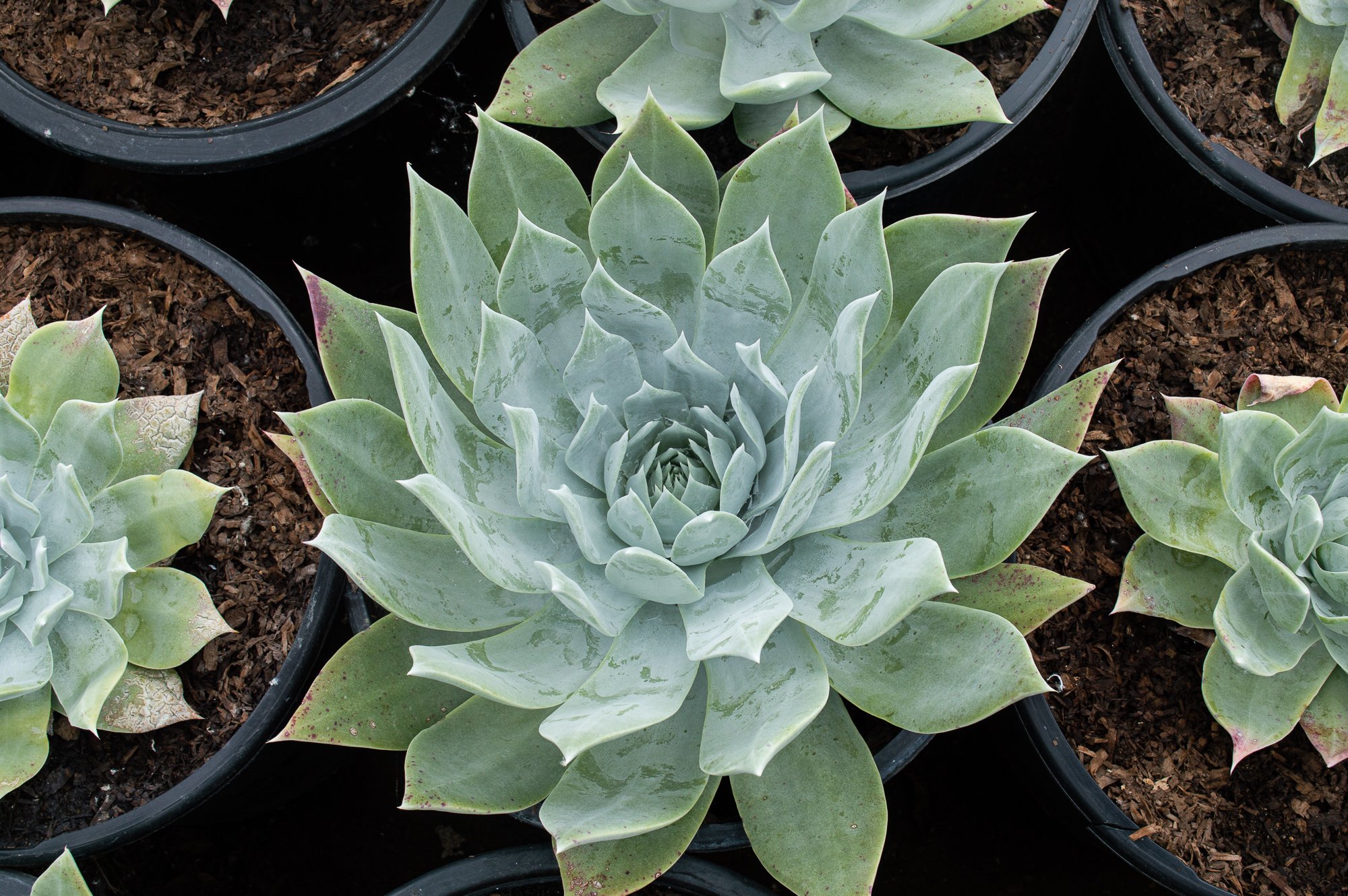Abutilon palmeri (Palmer's Indian Mallow)
← Back to Plant DatabaseAbutilon palmeri
Palmer's Indian Mallow





Characteristics
Height: 3 - 8 ft
Width: 3 – 5 ft
Hardiness: Very hardy
Natural Setting: Dry, generally east-facing mountain slopes, creosote-bush scrub.¹ Sonoran Desert to Orange County, San Diego County, and San Jacinto Mountains²
Plant Type: Shrub
Dormancy: Evergreen
Form: Rounded
Growth Rate: Fast
Flower Season: Most of the year if watered
Soil: Adaptable, tolerates slow draining soil
Sun Exposure: Full sun to partial shade
Water Requirements: Low once established
Summer Dry: Tolerates occasional light summer watering but not frequent summer watering.²
Cold Tolerance: Frost tender
Overview
This shrub is native to the deserts of the southwestern United States and northwestern Mexico. It is relatively rare to find in the wild. Although it is usually found in dry regions, it does surprisingly well in coastal areas as well. This plant provides year-round interest with evergreen silvery heart-shaped foliage and long-blooming orange flowers.
Hardiness
Very hardy and easy to grow. Since it originates from the dry desert regions of Southern California, mature plants can withstand higher temperatures in full sun. As with any young native plant, be sure to provide enough water during the establishment period so that they have time to develop their deep root systems.
Care & Maintenance
Pinching and pruning can help improve the shape of older plants. Removing spent flowers lengthens the flowering period. When frequently watered its leaves have more of a gray-green hue and when it receives less water they are more silver-gray. It will not survive frequent frosts.⁴
Uses
Can be planted in containers.⁴
History
Named after Edward Palmer, a British-born botanist and naturalist who worked extensively with the Smithsonian Institution and the U.S. Department of Agriculture. Palmer's impact includes numerous botanical discoveries and collections, particularly from his explorations in regions like California and Death Valley.⁵
Anecdotal Experiences
Easy to grow
Grows fast first the first 3 feet
Tolerates pruning very well, can be pruned hard
Doesn’t need water after second winter, one of the most drought tolerant
Bees love it!
We encourage you to comment below and share your own experiences and recommendations for this species.
View Commenting Rules


Rare in California due to habitat loss. Found only along the Pacific coast of Baja and San Diego.